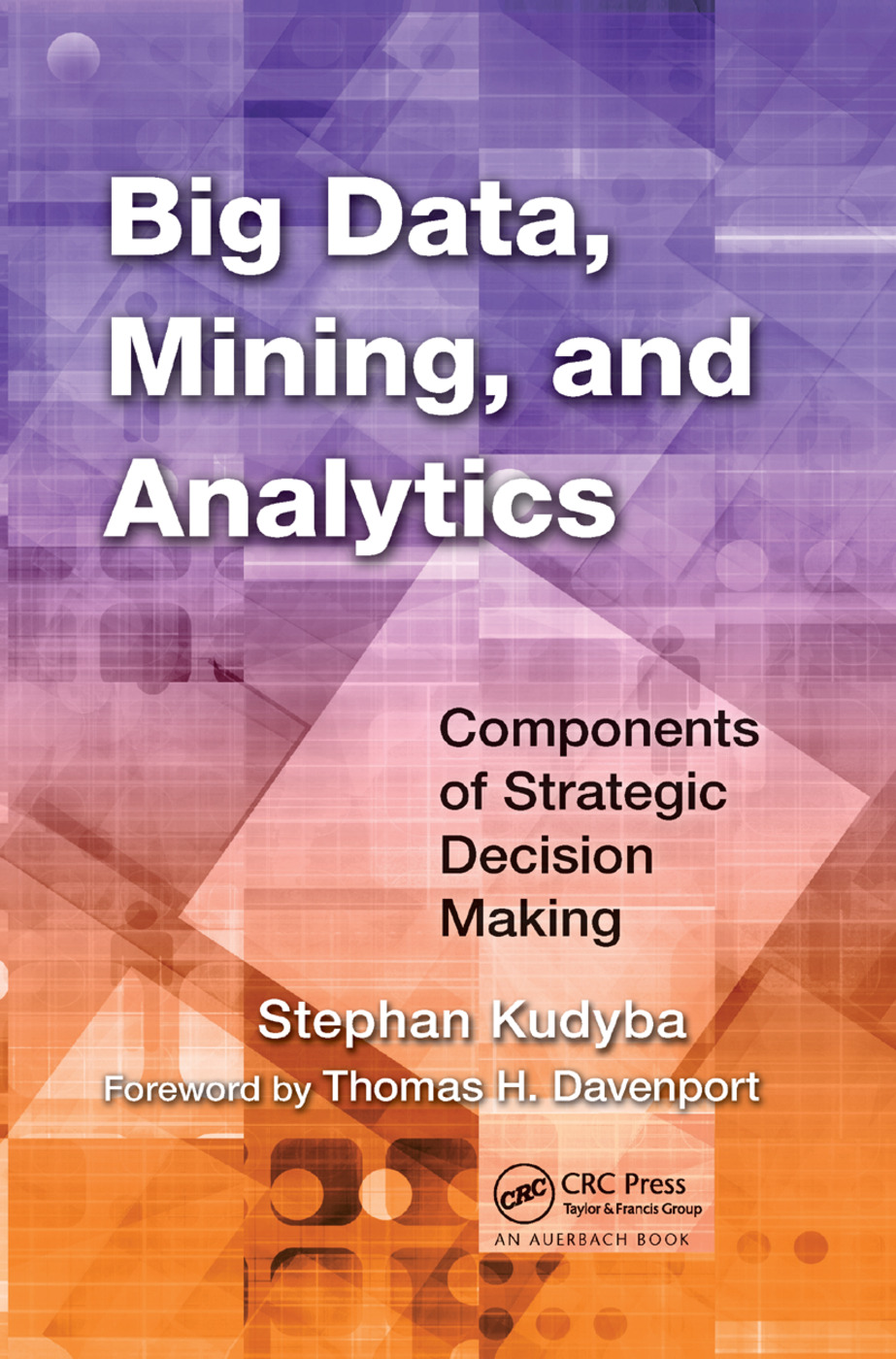Human Action Recognition Using Difference of Gaussian and Difference of Wavelet
IF 6.2
1区 计算机科学
Q1 COMPUTER SCIENCE, ARTIFICIAL INTELLIGENCE
引用次数: 2
Abstract
Human Action Recognition (HAR) attempts to recognize the human action from images and videos. The major challenge in HAR is the design of an action descriptor that makes the HAR system robust for different environments. A novel action descriptor is proposed in this study, based on two independent spatial and spectral filters. The proposed descriptor uses a Difference of Gaussian (DoG) filter to extract scale-invariant features and a Difference of Wavelet (DoW) filter to extract spectral information. To create a composite feature vector for a particular test action picture, the Discriminant of Guassian (DoG) and Difference of Wavelet (DoW) features are combined. Linear Discriminant Analysis (LDA), a widely used dimensionality reduction technique, is also used to eliminate duplicate data. Finally, a closest neighbor method is used to classify the dataset. Weizmann and UCF 11 datasets were used to run extensive simulations of the suggested strategy, and the accuracy assessed after the simulations were run on Weizmann datasets for five-fold cross validation is shown to perform well. The average accuracy of DoG + DoW is observed as 83.6635% while the average accuracy of Discrinanat of Guassian (DoG) and Difference of Wavelet (DoW) is observed as 80.2312% and 77.4215%, respectively. The average accuracy measured after the simulation of proposed methods over UCF 11 action dataset for five-fold cross validation DoG + DoW is observed as 62.5231% while the average accuracy of Difference of Guassian (DoG) and Difference of Wavelet (DoW) is observed as 60.3214% and 58.1247%, respectively. From the above accuracy observations, the accuracy of Weizmann is high compared to the accuracy of UCF 11, hence verifying the effectiveness in the improvisation of recognition accuracy.基于高斯差分和小波差分的人体动作识别
人类动作识别(HAR)试图从图像和视频中识别人类动作。HAR中的主要挑战是设计一个动作描述符,使HAR系统对不同的环境具有鲁棒性。基于两个独立的空间滤波器和频谱滤波器,本文提出了一种新的动作描述符。该描述符使用高斯差分(DoG)滤波器提取尺度不变特征,使用小波差分(DoW)滤波器提取光谱信息。为了为特定的测试动作画面创建复合特征向量,将高斯判别(DoG)和小波差分(DoW)特征相结合。线性判别分析(LDA)是一种广泛使用的降维技术,也用于消除重复数据。最后,使用最近邻方法对数据集进行分类。Weizmann和UCF11数据集用于对所建议的策略进行广泛的模拟,在Weizmann数据集上进行五次交叉验证后评估的准确性表现良好。DoG+DoW的平均精度为83.6635%,而Guassian的Discrinanat(DoG)和Wavelet的Difference(DoW)的平均精度分别为80.2312%和77.4215%。在五次交叉验证DoG+DoW的UCF11动作数据集上模拟所提出的方法后测得的平均准确度为62.5231%,而高斯差(DoG)和小波差(DoW)的平均准确率分别为60.3214%和58.1247%。根据上述精度观察,与UCF11的精度相比,Weizmann的精度较高,因此验证了识别精度即兴发挥的有效性。
本文章由计算机程序翻译,如有差异,请以英文原文为准。
求助全文
约1分钟内获得全文
求助全文
来源期刊

Big Data Mining and Analytics
Computer Science-Computer Science Applications
CiteScore
20.90
自引率
2.20%
发文量
84
期刊介绍:
Big Data Mining and Analytics, a publication by Tsinghua University Press, presents groundbreaking research in the field of big data research and its applications. This comprehensive book delves into the exploration and analysis of vast amounts of data from diverse sources to uncover hidden patterns, correlations, insights, and knowledge.
Featuring the latest developments, research issues, and solutions, this book offers valuable insights into the world of big data. It provides a deep understanding of data mining techniques, data analytics, and their practical applications.
Big Data Mining and Analytics has gained significant recognition and is indexed and abstracted in esteemed platforms such as ESCI, EI, Scopus, DBLP Computer Science, Google Scholar, INSPEC, CSCD, DOAJ, CNKI, and more.
With its wealth of information and its ability to transform the way we perceive and utilize data, this book is a must-read for researchers, professionals, and anyone interested in the field of big data analytics.
 求助内容:
求助内容: 应助结果提醒方式:
应助结果提醒方式:


